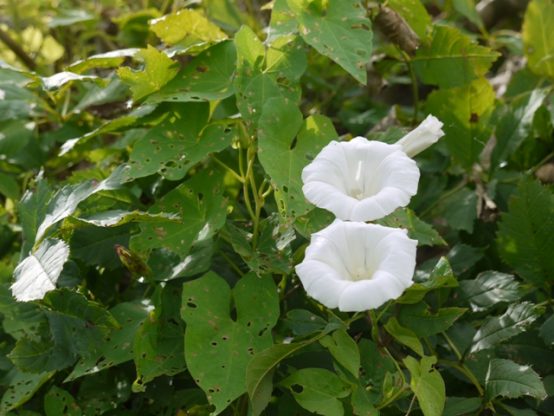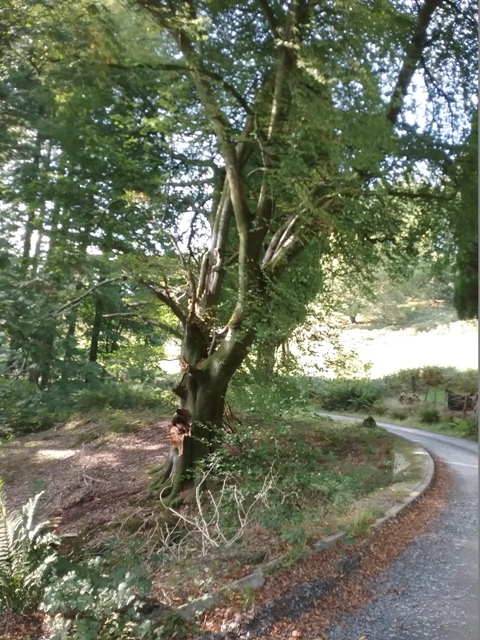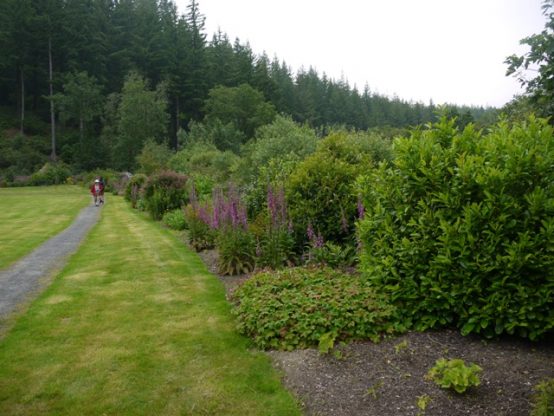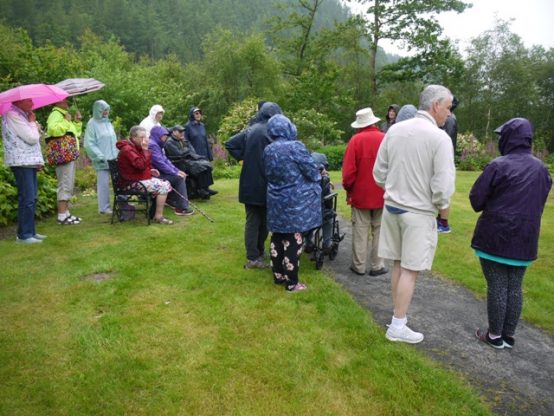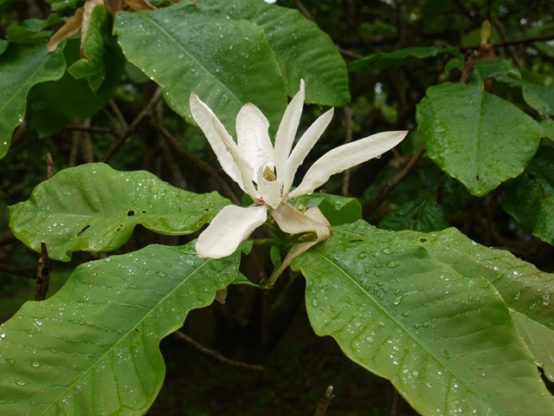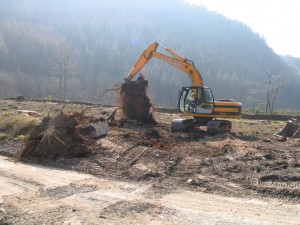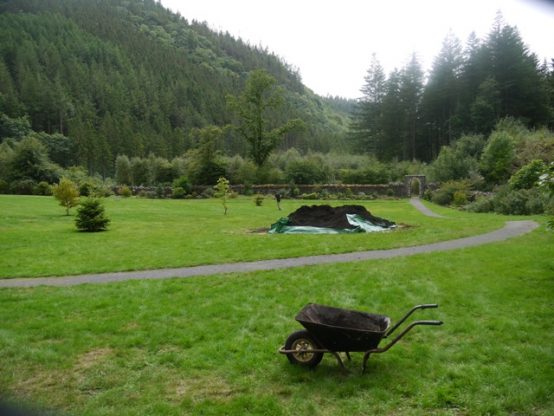by The Curious Scribbler
It can be a mistake to write about something one knows very little about. Today I make an exception, having attended a fascinating Historical Society lecture by Ioan Lord, a Ceredigion-born young man who is studying the mining history of mid Wales.
We learnt that the hilly country of mid Wales is littered with ore-bearing lodes, cracks in the rock of varying lengths and sizes all running more or less northeast – southwest across the landscape. For more than 4000 years these have been exploited by miners. Bronze age workings extracted the copper which along with Cornish tin would be made into bronze, Romans extracted lead, the Society of Mines Royal exploited the silver which was for a time formed into coin at Sir John Middleton’s mint at Aberystwyth castle. In the18th and 19th century a proliferation of mining companies extracted lead, copper and zinc on a massive scale. This was the era for which we have the best historical record, photographs, newspapers and mining journals reveal the ambition and the highfalutin names of these speculative ventures, suggesting riches such were to be found around the world.

Miners Cwmystwyth in 1911
The ‘Welsh Potosi’ Lead and Copper mine was named after the highly productive mines of Bolivia. ‘Welsh Broken Hill’ Mine echoes Australia, at Ponterwd we find the ‘California of Wales’, while Moelfre Wheal Fortune reminds us of the tin industry of Cornwall and the many miners who migrated to Wales at this time.
The industry was gruelling and life expectancy was poor, but the mines nontheless paid handsomely in their day. There are local families today such as the Raws of Cwmystwyth who trace their ancestry to Cornishman James Raw, Mine Captain of the Cwmystwyth mine in 1850. Ioan cited records showing that the Oliver family of Cwmystwyth were taking home £200 a month in 1810.
By 1930 there was no more mining and the workings lay abandoned. Ioan and fellow enthusiasts are exploring this forgotten frontier, equipped with lights and modern caving equipment they find their way into the old shafts and adits, stepping into spaces last visited more than two hundred years ago. From time to time, on Facebook’s You know you’re from Aberystwyth when you… I have watched their videos as they squeeze along narrow adits ( tunnels) or abseil down vertical shafts. They find abandoned wooden ladders, barrows, tools, shoes belonging to the miners, abandoned as it were yesterday.
This is more than sightseeing: their mines research is clarifying much about the history of mid Wales. In the 17th century people tended to call all old mine workings ‘ Roman Mines’ but modern discoveries which can be carbon dated such as wooden tools or charcoal on smelting floors have now confirmed Roman mining at Penpompren, and Cwmystwyth. An exciting discovery, lying in a 19th Century adit was a wooden spade, typically Roman in style, which has been carbon dated to 4BC-71AD. It had presumably been washed in there from the old workings. Hammer stones, probably from Llanrhystud beach bear witness to Bronze age workings at Copa Hill, Cwmystwyth.
On another occasion, when exploring the 18th century working which was Thomas Powell of Nanteos’ Great Adit at Bwlchgwyn they came upon a stone marker neatly engraved TP 1742. Other sources tell us that Thomas Powell was in vigorous conflict with Sir Hugh Myddleton and the Society of Mines Royal which had claimed mining rights for the Crown. Ioan’s survey indeed confirms that Powell’s mine and his marker stone encroached well into Royal Mines territory!
The multi talented Ioan Lord, is currently working on a PhD at Cardiff but has also been a familiar face operating the Rheidol Valley steam trains. His very handsomely produced book on the mines of Cwm Rheidol and Ystumtuen was published last year by the Rheidol Railway and can be bought at their shop.

Ioan Lord is one of the Directors of the Cambrian Mines Trust which was incorporated as a Company in 2012 with the objective of preservation and restoration of mining remains. Particularly challenging in today’s risk-averse climate will be their objective to re-open underground workings for the public benefit. In the meantime I do enjoy the videos, without risk of either hitting my head or obliterating, with my 21st century feet, the ancient footprints of miners and even horses preserved in the mud of the adits.



















